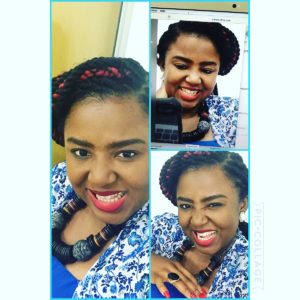How To Transform Learning: Learning Theories
Although L&D has changed a lot from what it was, with digital learning, using advanced technology and better strategies (such as mobile learning, microlearning, gamification, and AR/VR) to help learners absorb and retain knowledge in a fun, engaging fashion, a successful L&D program must be based in learning science if it is to succeed. Learning theories are an organized set of scientific principles that have been established through years of study and research on the human brain, explaining how human beings learn something and how they learn to apply the learned "something" to their daily lives.
In this article, we’ll discuss 5 of the most important learning theories in use in L&D, while explaining how each of them can be used in a corporate learning program.
1. Behaviorism
Behaviorism as a learning theory suggests that a learner’s behavior is affected by external stimuli and that by conditioning the learner’s response to the stimuli they can be taught new behaviors. Behavioral conditioning is thus regarded as a universal learning process according to this theory. Behaviorism was founded by John B. Watson, an American psychologist, although it was the research and the work done by Ivan Pavlov, Edward Thorndike, and B.F. Skinner that led to the concepts of classical and operant conditioning. Behaviorism can be applied in an L&D program by using positive and negative reinforcement in training (i.e., rewards and punishment as well as repetitive practice). Gamification is a great learning strategy to employ if you’re using behaviorism in your program.
2. Cognitivism
Cognitivism is a theory that suggests that learning constitutes more than just responding to stimuli (as suggested by the behaviorism theory) and that learning occurs when the human brain processes the information provided to it. While behaviorism suggests that the learner plays a passive role in learning, cognitivism suggests that the learner has a more active role. The cognitive learning theory is derived from the works of Jean Piaget. Understanding experiences is the way to learn according to this theory. To use the cognitivist approach in your program, use more text and images as well as lecture instruction (such as digital learning courses and webinars) to train learners, making sure that they are full of real-world examples, analogies, and mnemonics.
3. Constructivism
Constructivism suggests the idea that each individual constructs their own perspective of the world based on individual experiences and previous knowledge. Learning thus depends upon how the individual interprets the provided information, and knowledge is unique to each learner. Constructivism too can be traced back to the works of Jean Piaget. To employ the constructivism theory in their L&D program, organizations can use case studies, research projects, collaborative work, and simulations.
4. Humanism
Humanism, just like cognitivism, believes that humans play an active role in learning and that each individual views learning as a personal and intentional act to fulfill one’s potential. Humanism considers the learner as the subject, and one's self, motivations, and goals are focused upon. When using Humanism to build your L&D program, it is better to use personalized learning as well as scenarios and role-play.
5. Connectivism
The newest of all the other above-mentioned learning theories, connectivism, suggests that humans process information by making connections. It also suggests that learning can exist outside of humans, in appliances, databases, or organizations, and thus connecting information sources is how learning occurs. Connectivism is the only theory which explains how the internet as well as other digital technologies of the modern age are part of learning today.
This theory was originated by George Siemens and Stephen Downes. Modern organizations already employ connectivism to some extent in their L&D programs but must digitally transform their workplace’s learning culture completely by encouraging employees to use modern digital technologies like wikis, online discussion forums, social media, YouTube, as well as other tools on the internet which will help them learn and/or share knowledge.
Do a little research on all of the above-mentioned theories and learn how they can be of help to you in your organization’s L&D program. Keep in mind the needs of your learners/employees when doing so.










